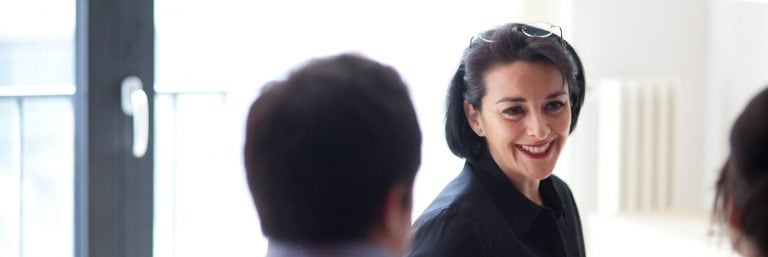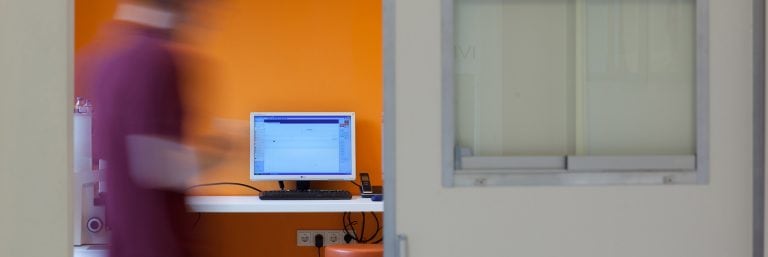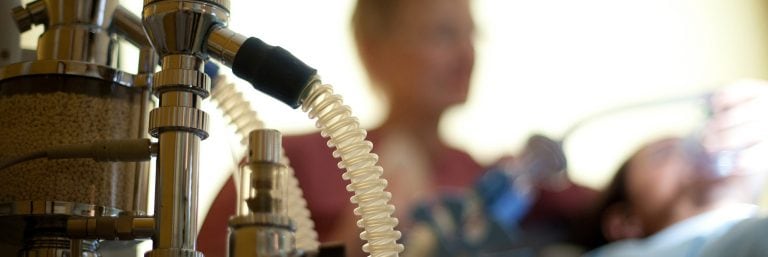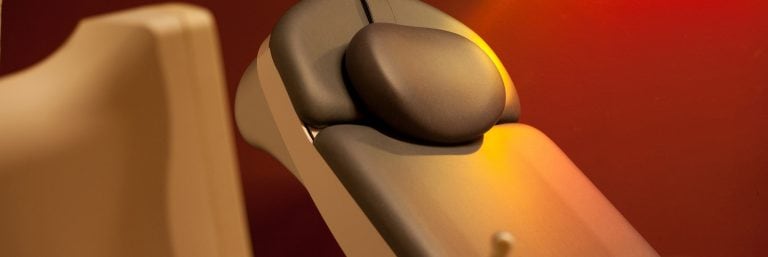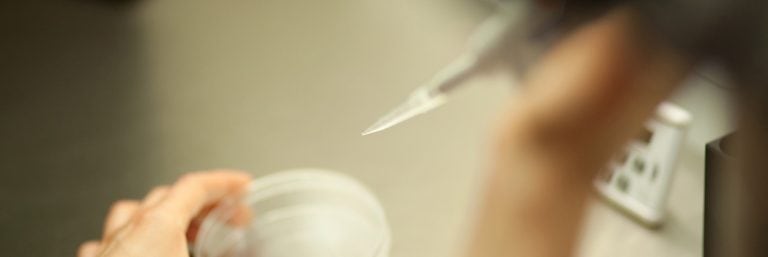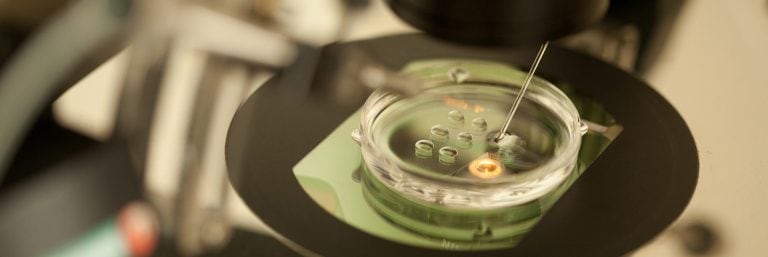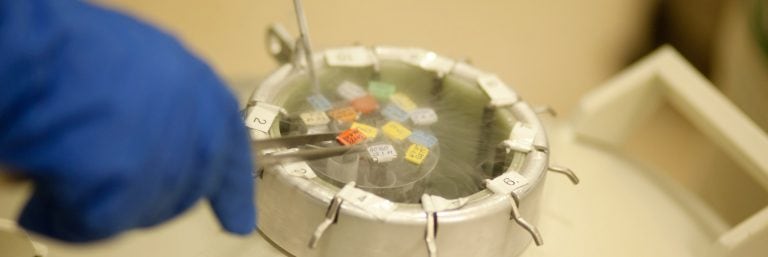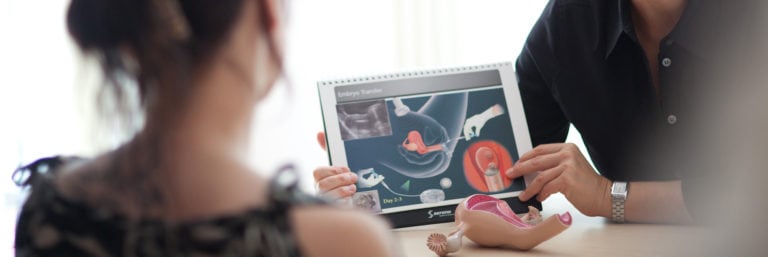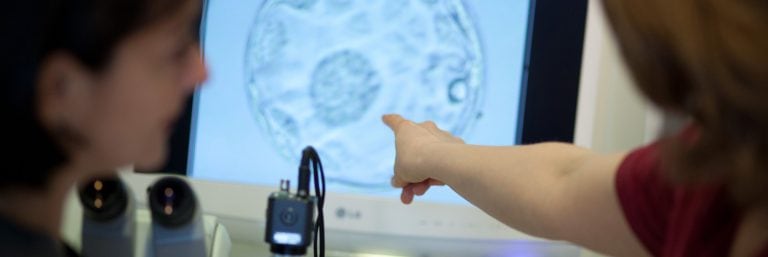Anaesthesia
Anaesthesia procedure
General anesthesia puts you in a sleep-like state, i.e. it switches off your consciousness and, above all, your sense of pain.
Usually, an anesthetic is injected into a vein (intravenous anesthesia). If the procedure lasts longer, the administration of the anesthetic drug is either repeated or gaseous anesthetics are given in addition to oxygen. This can be done through a mask placed over the mouth and nose (mask) or over the larynx (laryngeal mask) (mask anesthesia).
During the anesthesia and afterwards, your blood pressure, pulse, heart activity, and oxygen supply are constantly monitored so that any disturbance can be detected and treated immediately.
It is quite normal that you may be tired and sleepy for a while after the anesthesia and there is no cause for concern, even if this condition should last for a few hours (depending on the type of anesthesia). Each person responds differently.
Procedure on the day of surgery
On the day of surgery, you should be in the practice 30-60 minutes before the scheduled surgery time. Please bring your insurance chip card, the documents for the surgery and the consent form.
If you feel anxiety or severe excitement, ask us to give you a sedative tablet with a glass of water.
After performing few formalities, you will be taken to the preparation and after-rest room where you can change your clothes. You can lock up your private belongings.
A plastic cannula will be placed in a vein on the back of your hand or on the crook of your elbow, through which medications and fluids can be given. In the operating room, you will take a seat in the surgical chair and we will monitor your heartbeat and breathing. A cuff on your upper arm automatically measures your blood pressure, a sensor on one finger monitors your circulation and the supply of oxygen in your blood, and three ECG electrodes may be taped to your chest and connected to monitor heart activity. During general anesthesia, sensors on the ventilator will monitor your breathing and lung function after you fall asleep.
After the procedure is finished, you can walk to your bed or couch with our assistance. You will remain there for about an hour after the procedure.
